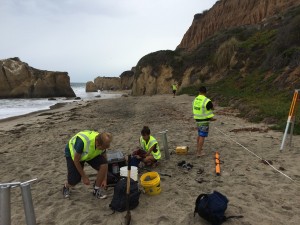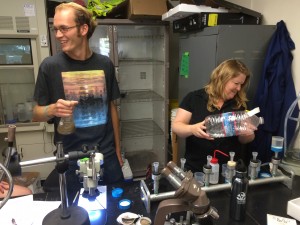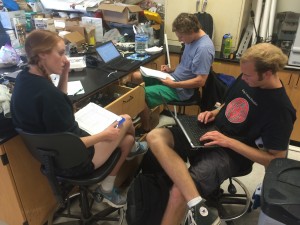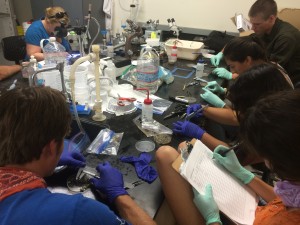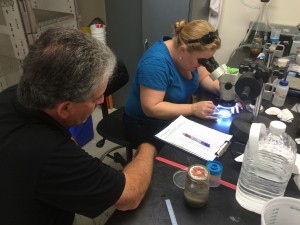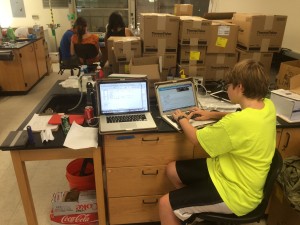Summer Institute
We are just wrapping up another fantastic three weeks with our annual installment of Project ACCESO’s Summer Institute. This program, funded by the Department of Education, blends CSU Channel Islands undergrads with undergraduate from community colleges across our region. This year, our ESRM team was fortunate to have student researchers from Santa Barbara City College, Oxnard College, Ventura College, and Moorpark College join our ESRM students. While most faculty engage in interesting independent projects with their student researchers, our ESRM Program has a strong tradition of doing a single, integrated project wherein all faculty collaborate and we share our students across all our sub-projects.
Sandy beaches have been the focus of our Summer Institute for the past several years. This year we obviously pivoted to focus on the oil spill’s impacts upon sandy beaches.
Our students will be graduating tomorrow in a late afternoon ceremony at CSU Channel Islands. The event is open to all. If anyone is in the area, pop on by to see our students’ work on the spill.
Here is a little taste of their work:

